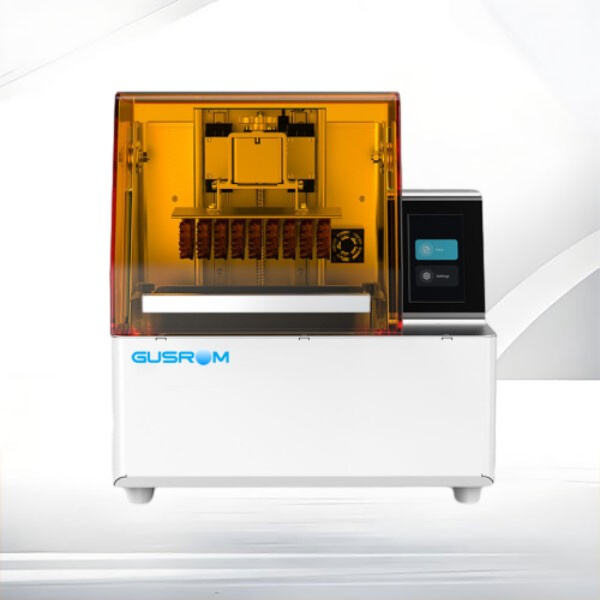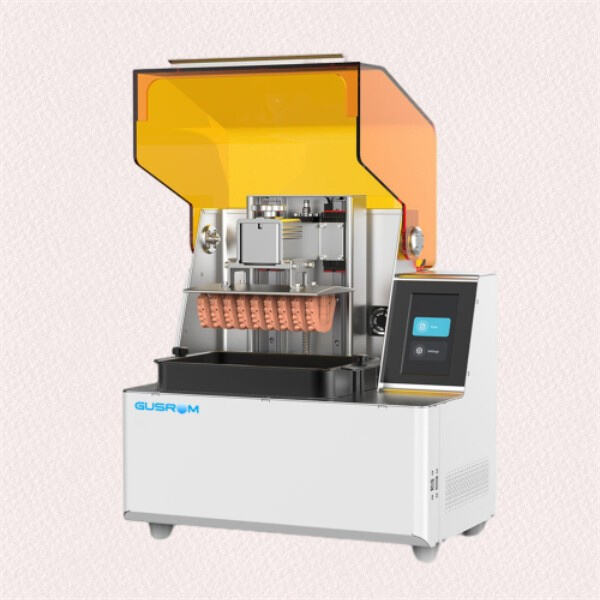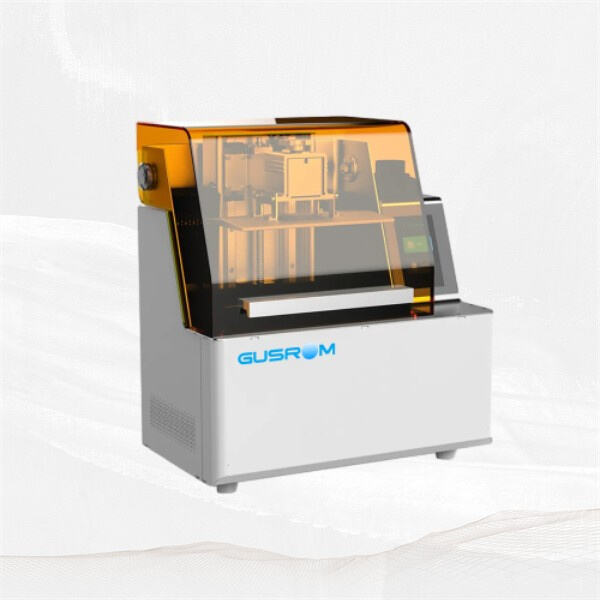There’s a new technology in the dental marketplace and it’s revolutionizing the way dentists make dental appliances and implants. That technology is known as 3D printing, and it is taking the world of digital dentistry by storm. 3D Printing 3D printing technology enables dentists to fabricate dental products that are customised to their patients with precision and high degrees of accuracy.
One of the major advantages of utilising 3D printers in dentistry is their accuracy. Likewise, it may often be a time consuming process to fabricate dental devices in these manners, and the patient may not achieve a perfect fit. Dentists can print 3D dentures fitting precisely to the mouth of the gadget wearer.

3D printing is revolutionizing dentistry in other ways as well. For one thing, it’s enabling dentists to produce dental products much more quickly than they could previously. This translates into less wait time for patients to receive their dental appliances and less frustration, time and money for the patients. Not only that, but 3D printing is also bringing patients cheaper dental care, as the method can lower the cost of custom-made items.

The potential impact of 3D printing in digital dentistry is tremendous. With this technology, dentists can produce all manner of dental products, from crowns to bridges, dentures and even implants. What this means is that patients can now enjoy a complete range of dental procedures that use 3D printed devices. With the potential for customization provided by the 3D printing process, individuals are able to wear dental products that feel personalized to them.

Why 3D Print in Dentistry? Among the most significant advantages is the amount of customization you can do with it. Personalized Management: Dentists can fabricate dental appliances to fit the patient perfectly and help in treatment. What’s more, 3D printing is also better for the environment as a whole, simply because it creates less waste and also uses fewer materials.